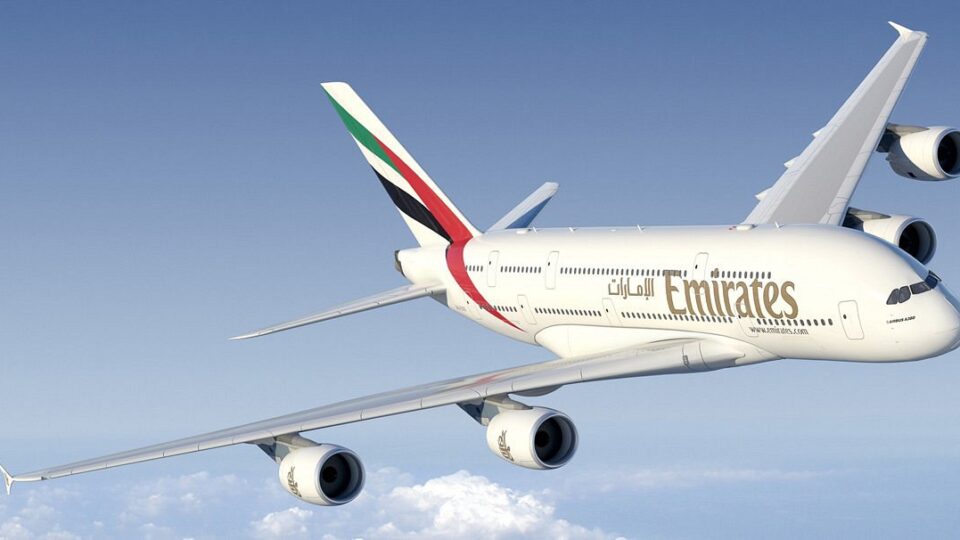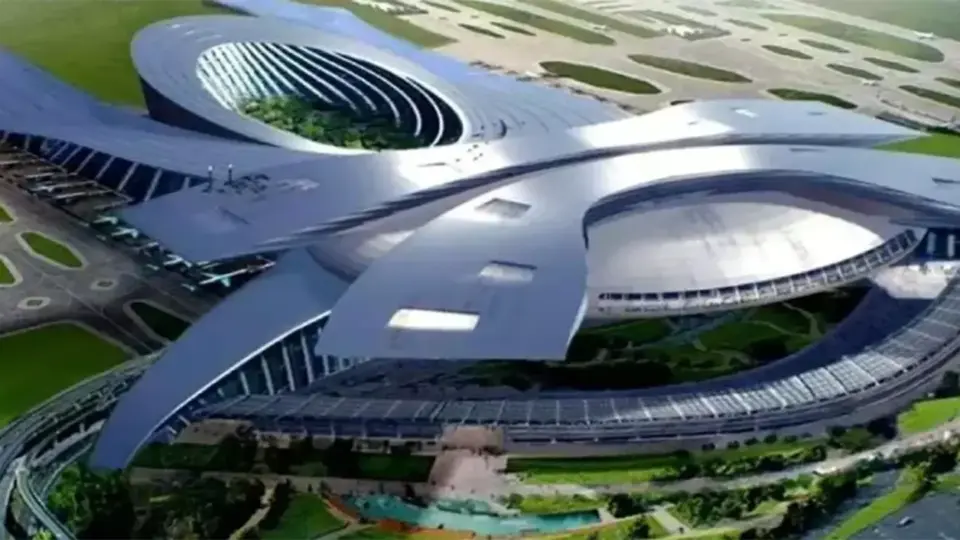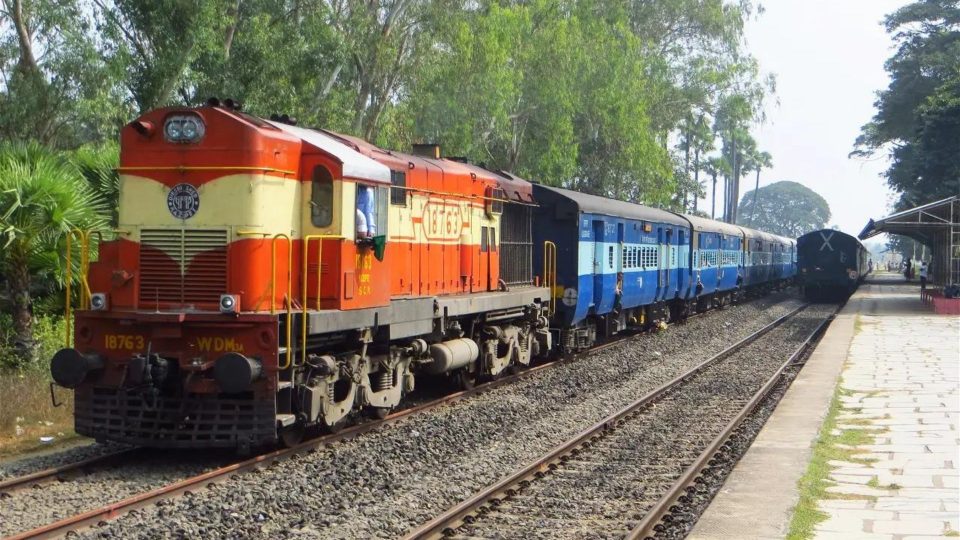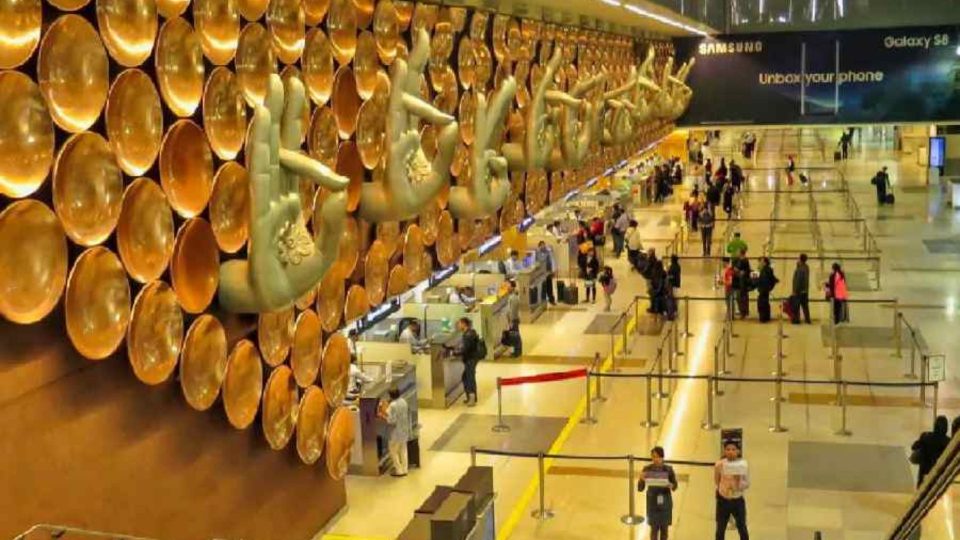
Faster, Easier Travel at Delhi Airport with New Air Train
According to the sources, by the end of 2027, India will have its first air train connecting Terminals 2 and 3 on one side and T1 on the other at the Indira Gandhi International Airport in Delhi.
A tender has been released by Delhi International Airport Limited (DIAL) to construct an automated people mover (APM) or air train with four stops: T2/3, T1, Aerocity, and Cargo City.
The GMR-backed DIAL has supplied the 7.7-kilometre route’s alignment. When it’s ready, slogging from the city side between these two far terminals via DTC bus will be history.
According to sources, the bids will be accepted in October and November. The winning bidder will be selected based on the prices offered by various vendors and whether or not they request cash for the project’s viability gap or propose a revenue share plan.
“A contract will be given before the end of the current fiscal year if all goes according to plan. After that, work will start with the goal of finishing before the end of CY 2027. DIAL has communicated such to the Union Aviation Ministry, according to sources.
According to the buying document, DIAL intends to use the design, construct, finance, operate, and transfer (DBFOT) approach to establish an elevated cum at-grade APM system at Delhi International Airport.
The goal of the APM system is to offer dependable, quick, and seamless communication between T1 and T3/2, covering a 7.7-kilometer route that passes through Aerocity and Cargo City. APM system will not only provide the necessary connectivity between terminals but also increase passenger convenience, lower carbon footprint, and improve ASQ score.
The Modi 2.0 government’s aviation ministry has said that it will not permit the imposition of any development fees to finance this project before its completion.
The bidders will need to assess and provide a quotation, therefore the exact cost of the train is not yet known. Sources said that it could be less than Rs 2,000 crore, though.
When that concept was debated last November, a senior government official had stated, “DIAL’s model for having so many stops, including two at Aerocity, will not only mean higher travel time between T1 and T2/3 but also require foolproof security at the non-terminal stops.”
The busiest airport in India, Delhi Airport, handles more than 7 crore people a year, and in the next six to eight years, that number will treble to almost 13 crore. It is anticipated that 25% of visitors to IGIA would be transit passengers, hence smooth connections between T1 and T3/2 are essential.
Six stations were proposed, but the government had already requested DIAL to scrap the plan because it would have been “too long with higher connecting time between T1 and T2/3.”
Passengers may travel between terminals smoothly and at no cost using air trains anywhere in the world.
The two ways that the cost of expanding airport infrastructure is recouped are through UDF on passengers and AERA, which sets aeronautical costs for airlines, such as landing and parking fees, which in turn determines pricing.
For instance, the metro component of the UDF fee at Mumbai Airport used to be Rs 20 for domestic departures and Rs 120 for international departures. In order to earn Rs 518 crore for metro connections, this component was charged from 2016 to February 2023; it was discontinued after the goal amount was reached.



